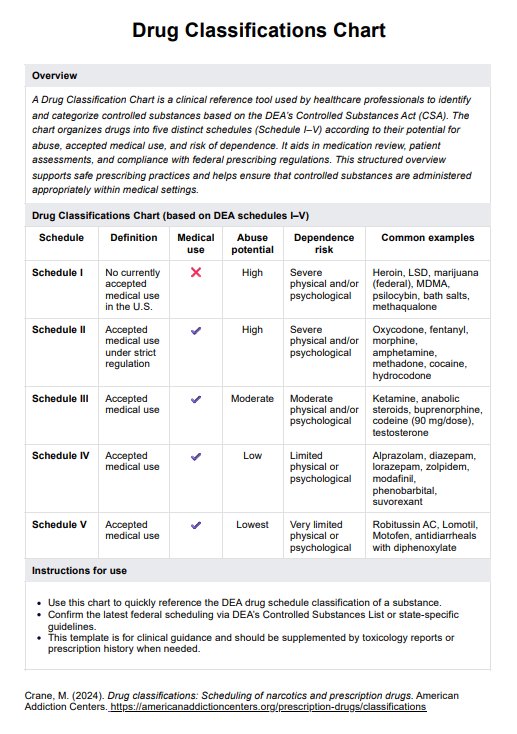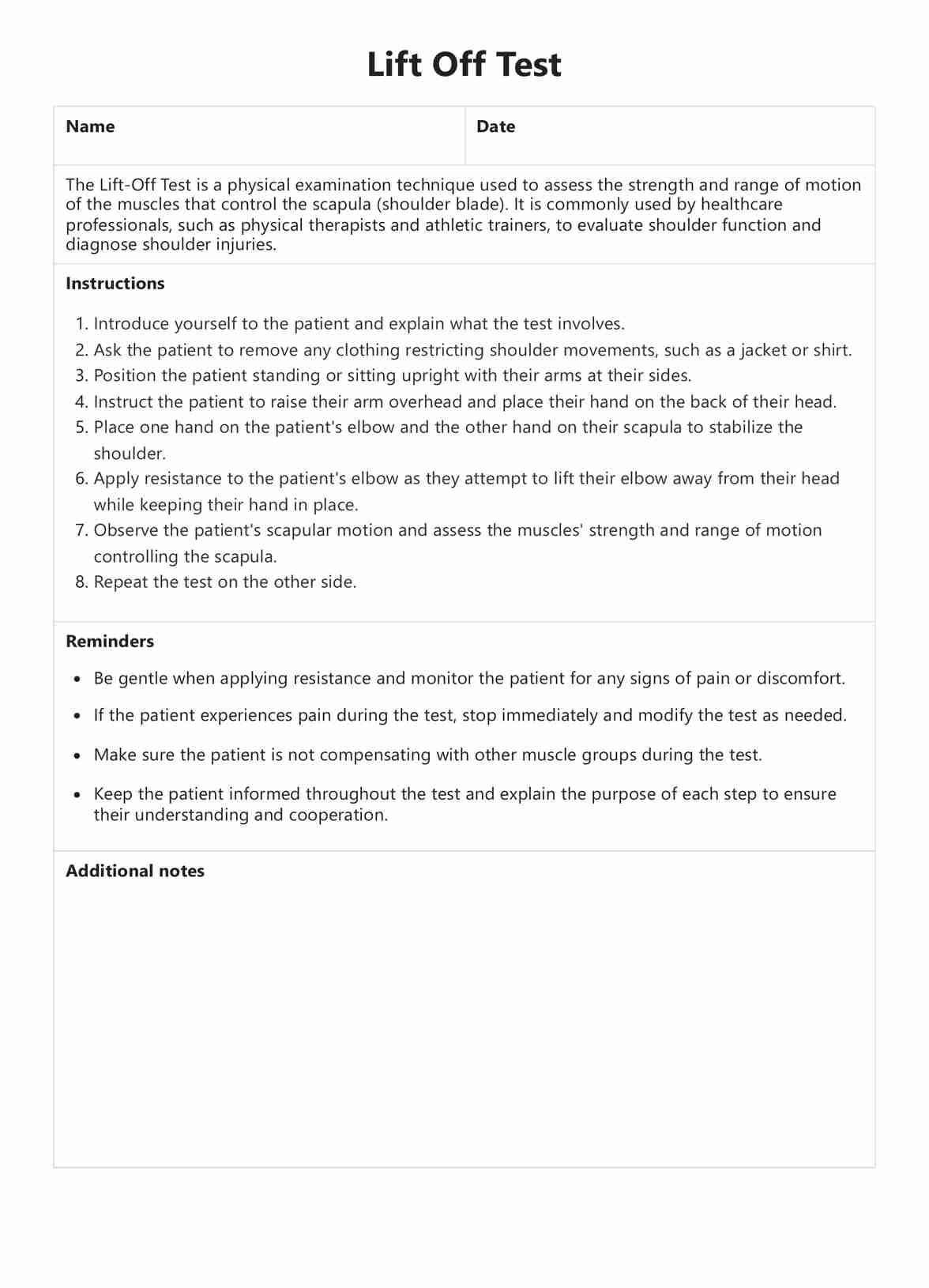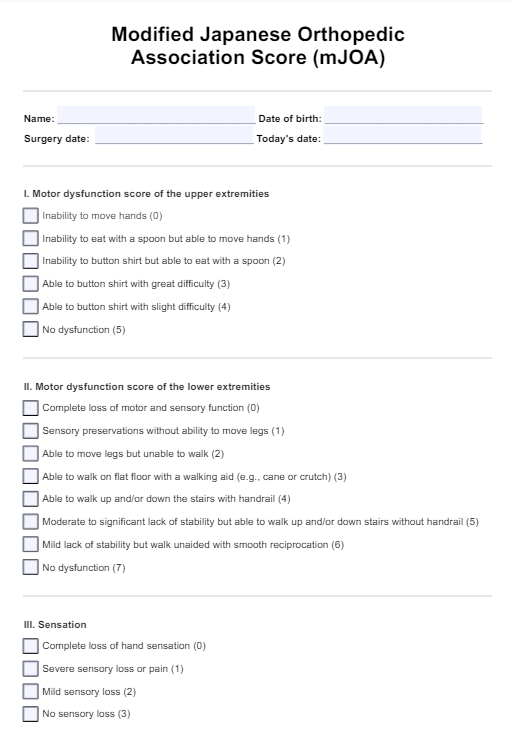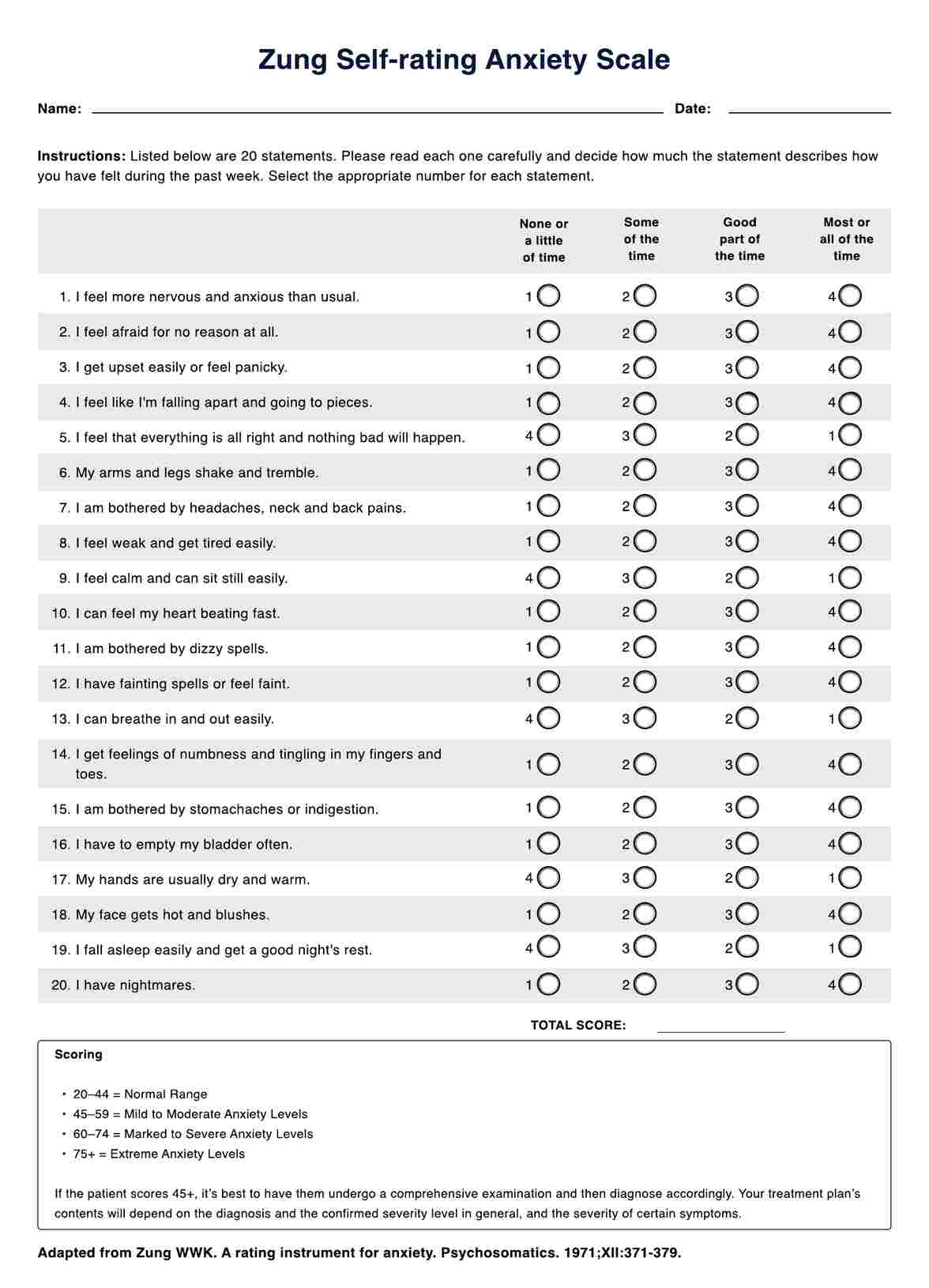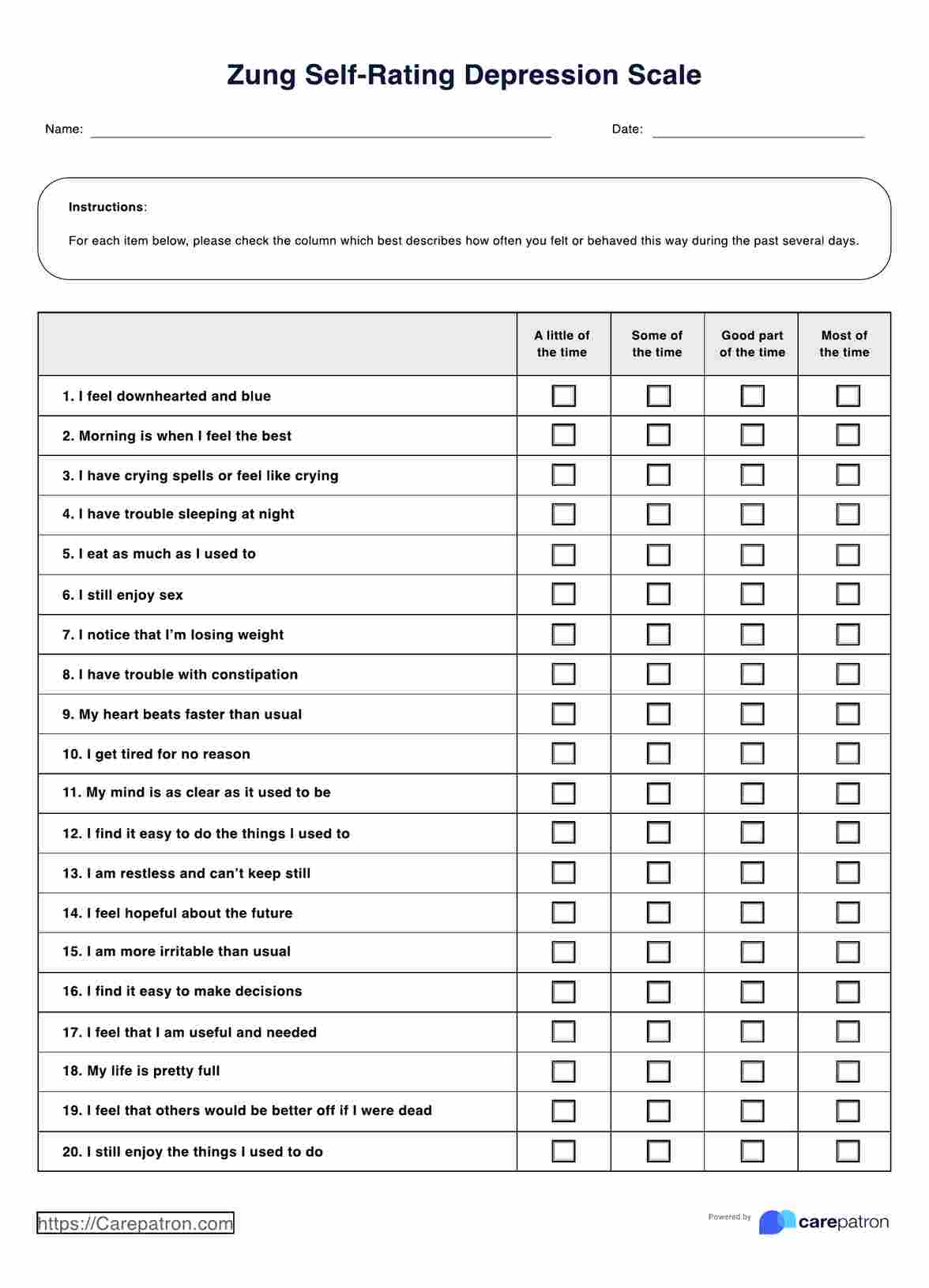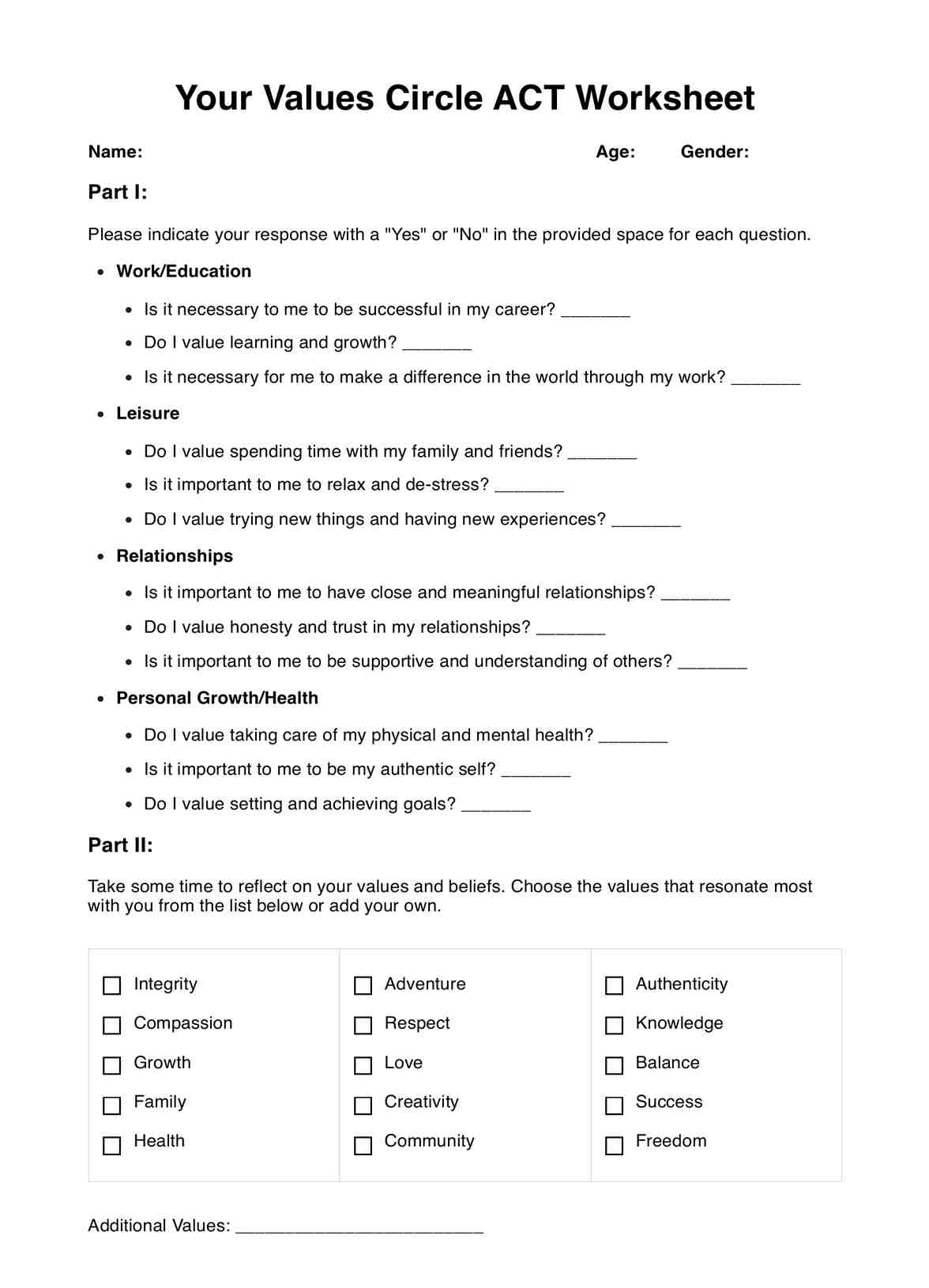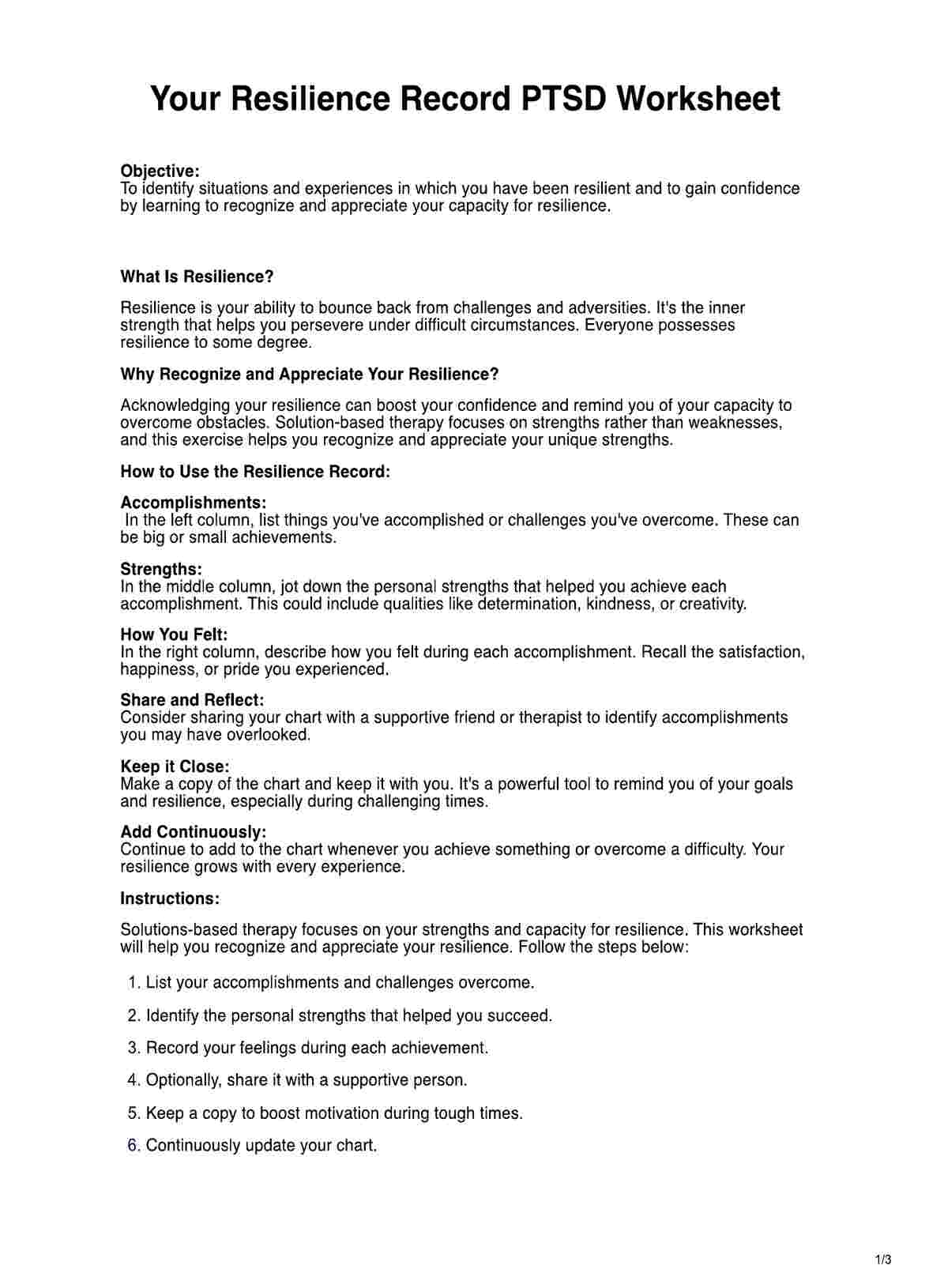Understanding family history during the intake session and assessment process helps identify patterns, dynamics, and underlying issues that may influence the current situation. This insight allows the therapist to tailor their approach effectively, ensuring a comprehensive plan for the new client.
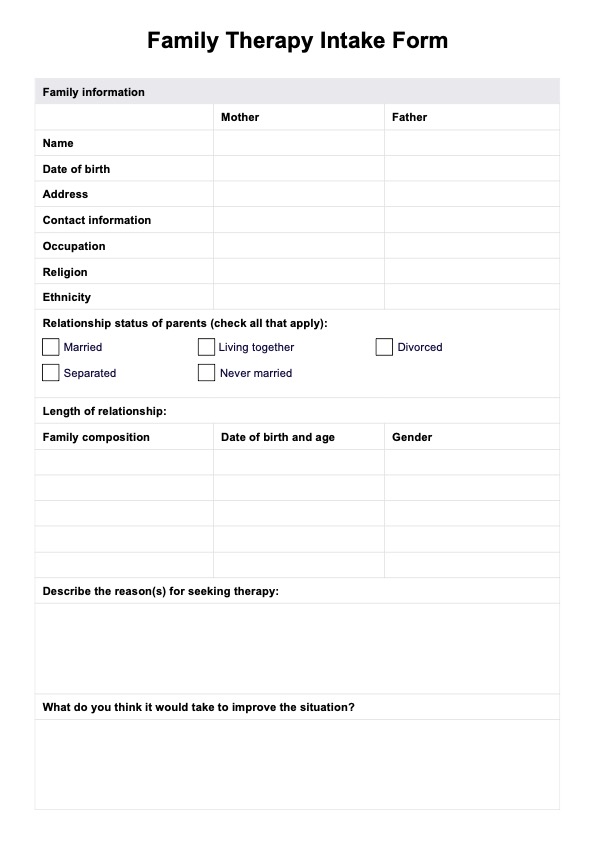
Family Therapy Intake Form
Ensure a smooth intake process during family therapy sessions. Access our Family Therapy Intake Form template for free.
Family Therapy Intake Form Template
Commonly asked questions
A family therapist should have good active listening skills to understand each family member's perspective and emotions. They must also demonstrate empathy, patience, and cultural sensitivity to create a safe and inclusive environment. Strong communication, conflict-resolution skills, and adaptability are essential for fostering trust and promoting healthy family dynamics.
Family therapy is great for figuring out what’s causing stress and teaching everyone ways to handle it better. It helps families work together, communicate openly, and find practical ways to deal with challenges as a team.
EHR and practice management software
Get started for free
*No credit card required
Free
$0/usd
Unlimited clients
Telehealth
1GB of storage
Client portal text
Automated billing and online payments


